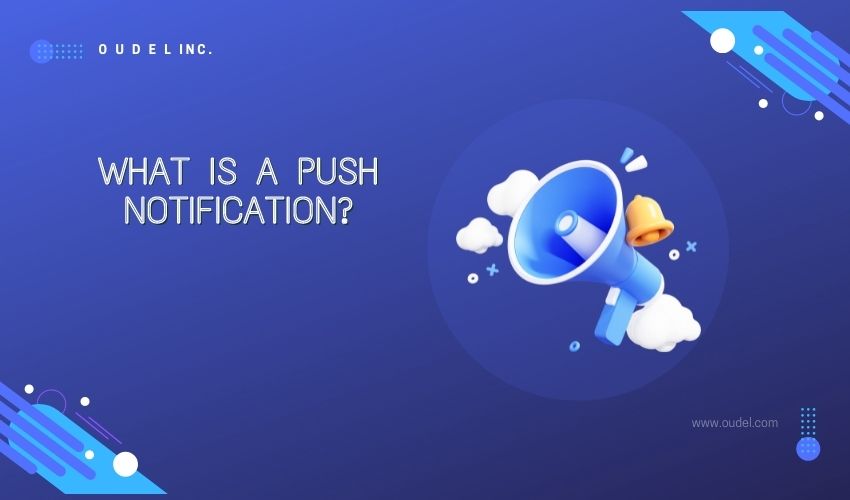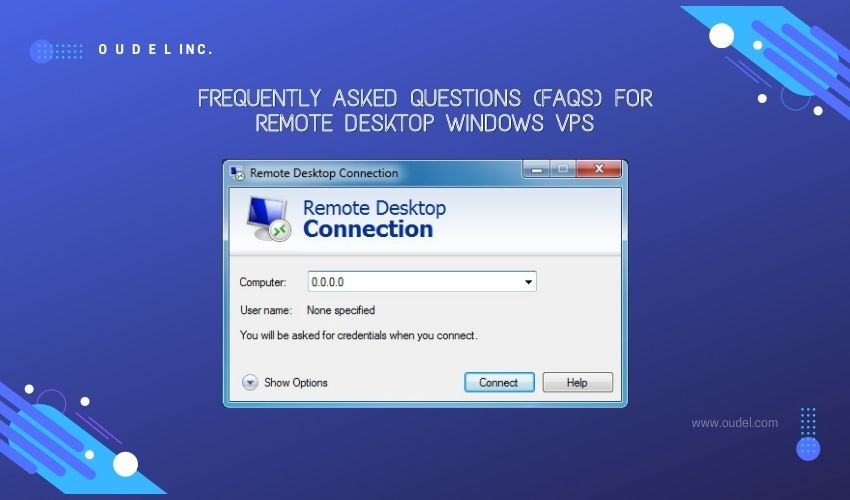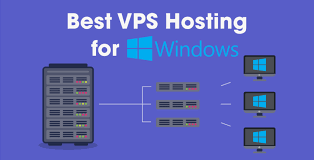Push notification can be a powerful tool for Website owners. Website owners looking to increase communication with their site visitors. Learn more about push notifications, including the potential benefits and risks associated with using them on your website.
The primary categories of notifications are web push notifications (also known as browser push notifications) and mobile application push notifications. Although there are similarities between the two, the differences are quite striking.
Web Push Notifications and Browser Push Notification
Web push notification offers greater audience reach than mobile app push notifications. Because they are sent to mobile and desktop device users, which is a boon for those who want to use notifications for marketing purposes.
Sites wishing to send web push notifications require visitors to opt-in or accept requests to send push notifications. Mobile apps work a little differently (see the section below on mobile app notifications).
They work by appearing in the user’s web browser, as long as a browser is open. In fact, even if someone leaves your site and goes elsewhere on the web, they can still receive and display browser push notifications from your website.
Browser push notifications will not appear if someone closes and reopens the browser. The Close and Open actions will stop browser notifications until someone revisits the site and opts out of receiving notifications again.
An important aspect of browser notifications is that they do not require any software to be installed on the web visitor’s computer or phone. Everything is done through the browser, so it’s a lean method.
From a practical perspective, web push notifications are relatively easy to deploy, and target the largest possible segment. But have some limitations such as opt-in requirements and only being effective when the browser is open.
Mobile app push notification
By their very nature, mobile app push notifications only reach mobile devices, not desktop users. Being an application, there is software that needs to be installed by users to receive these push messages.
Users must allow the app to install, but then notifications can be sent to them even when the device is locked, the browser is closed, or they’re doing something completely different at the time. Apps don’t need to be launched and occupy the primary focus of user activity – they just need to be installed.
Opt-in varies by device! App notifications are enabled by default on Android devices, meaning users can choose to install only one app with an opt-out option provided.
On the other hand, app notifications are disabled by default on Apple devices. So users opt out after installing the app. Thus requiring users to opt-in if they want to receive mobile app notifications.
Push Notifications – And it Good and Bad side
Just because push notifications can be used doesn’t mean push notifications should be used. Some significant benefits are gained by implementing notifications, but if care is not taken, significant risks are involved.
Benefits of using Browser Push Notifications
Push notifications help users take action. In fact, those receiving such notifications are 50% more likely to open and check out, compared to email open rates, and are twice as likely to click through on desktop or 7 times more likely on mobile devices than email.
Push notifications are easy for site visitors to opt in because there is no need to provide any personal information when asking for permission to send notifications.
Instead of sending information hours, days, or weeks down the road, push notifications can be sent in real-time. These can be relevant to deliver highly targeted sales offers, pointers to other content of value, and even cross-references to other brand assets such as forums, wikis, and social media pages.
Instead of exit intent scripts that try to infer that a user is leaving your site. You can entice users to return, thus improving traffic and providing value as a reason to keep them coming back. This can range from abandoned carts to special offers or other relevant information.
Mobile applications for delivering push notifications are more expensive to develop and deploy than website browser push solutions, plus they don’t reach all devices. Browser push gives you the opportunity to reach all devices at an affordable price point compared to mobile apps.
Errors or problems with using any push notifications
Excessive, unexpected, and/or undervalued interruptions in the form of notifications can often cause negative reactions.
The probability of this increases as the number of notifications (decreasing the amount of time between notifications) increases.
There is also the potential for negative feedback. If the notification is presented while the user is doing something else on another website.
Negative conditioning, also known as anchoring, is when enough negative experiences are accumulated without enough positive experiences. A negative can be a bounce or a fleeting moment of anger or anxiety. A few negatives can lead to a lasting negative impression. This lingering bad impression costs companies money in the short term and a pool of vocal brand opponents over time.
Many of the featured features of push notification campaigns, as presented on the websites of some third-party service providers, cost either money (a monthly service subscription fee) or time (developing all the functionality in-house). These include things like:
Different notifications based on audience segmentation, user browser, operating system, location, etc.
Event or behavior-driven notifications. When someone takes an action, visits a page, watches a video, downloads a document, or does other behavior, they receive a specific notification.
Personalized messages and offers specific to anything can be sent by storing additional information about the user’s preferences and previous actions (including in-stock items, wish lists, similar products, and related posts).
App notifications are more expected and therefore accepted with less risk, but any notification can become annoying under the right circumstances.
Conclusion
By following best practices, push notifications can be an effective marketing tool for site owners. Who want to stimulate and engage users, drive conversions, expand retention, and enhance user experience.
Browser push notifications are easy and cheap to distribute while reaching a larger audience. If you don’t have a mobile app or feel the need, check out web push notifications as a possible way to improve your site’s performance. If you want to know how to remove an email blacklist, then you can read this article. Buy SMTP services from Oudel Inc.



